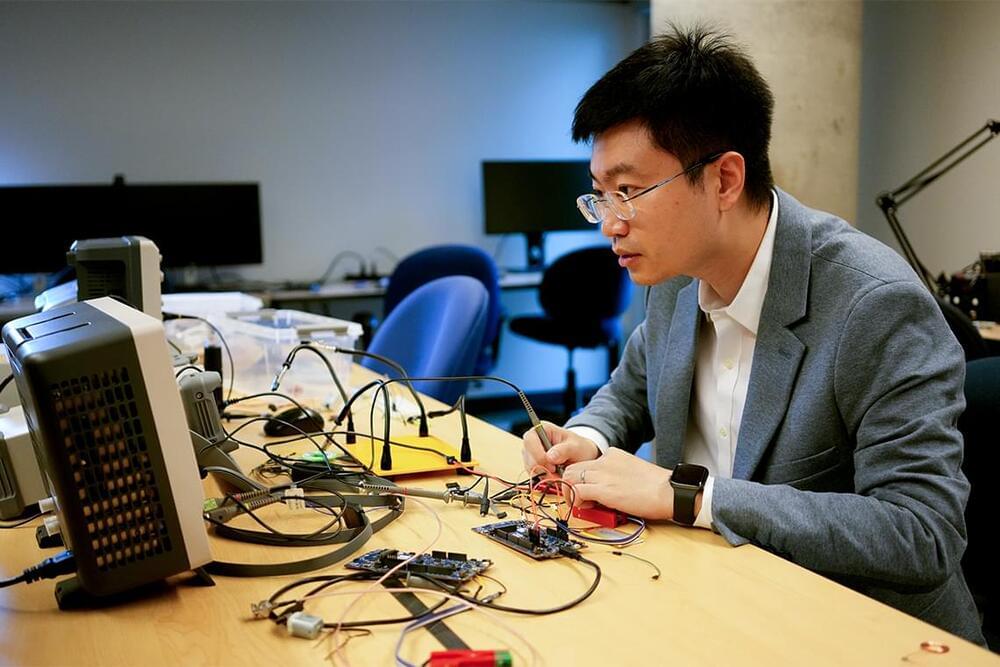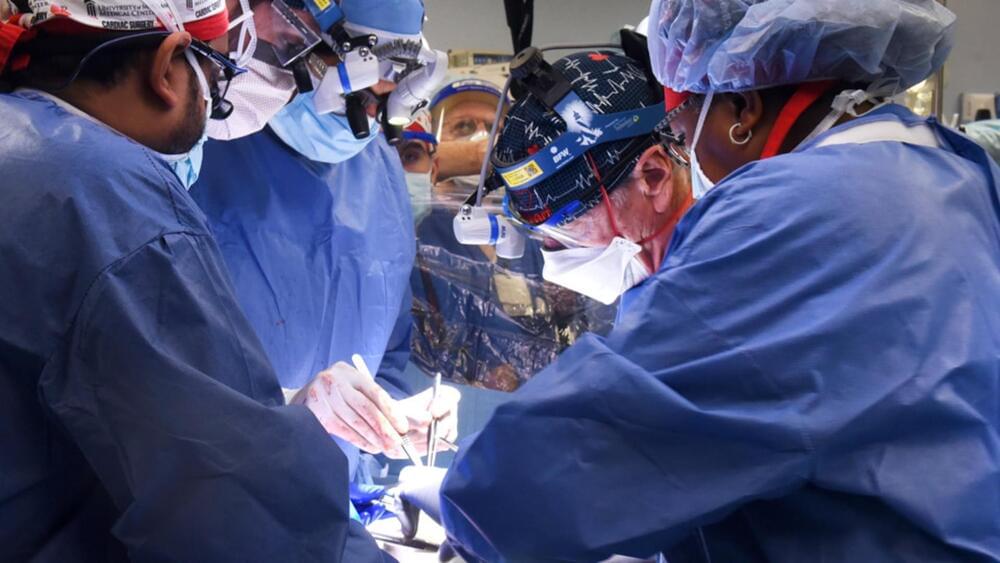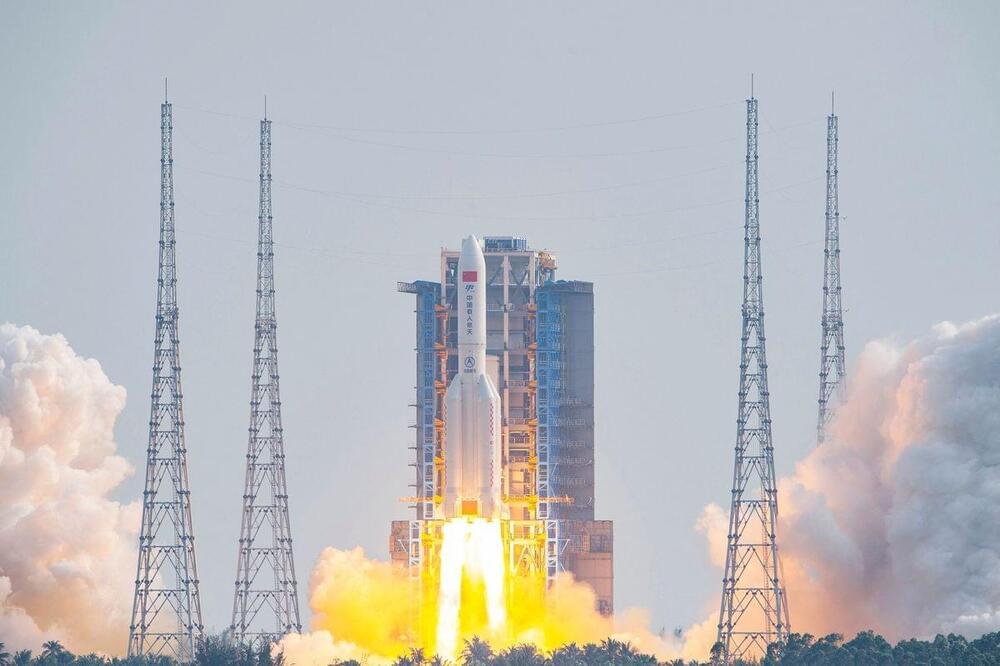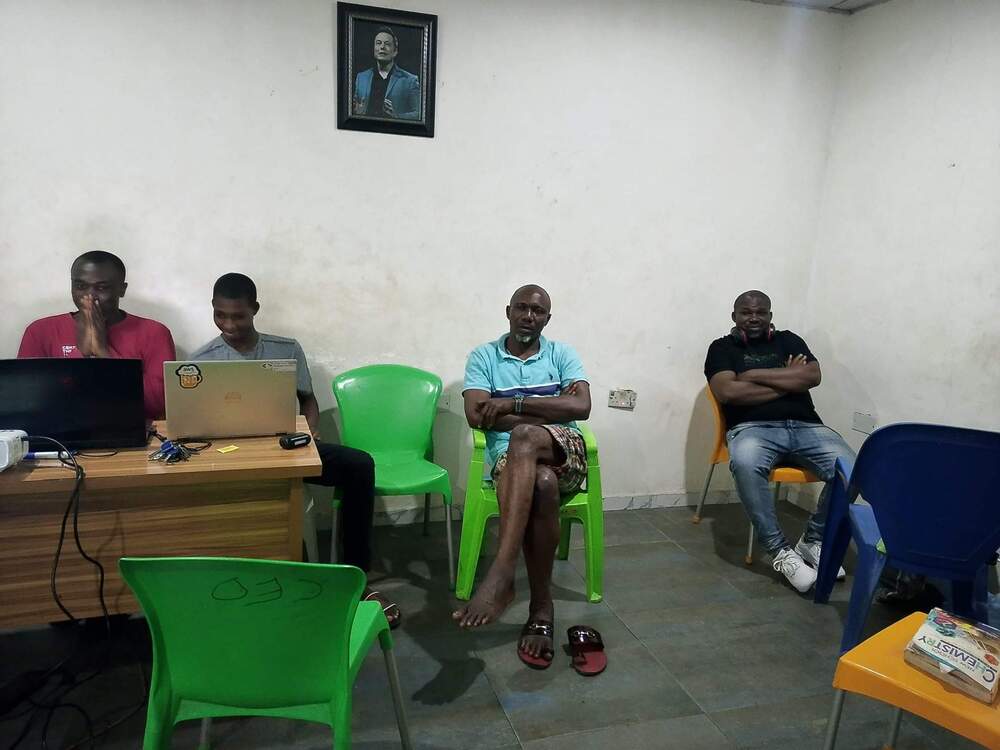
Get the latest international news and world events from around the world.

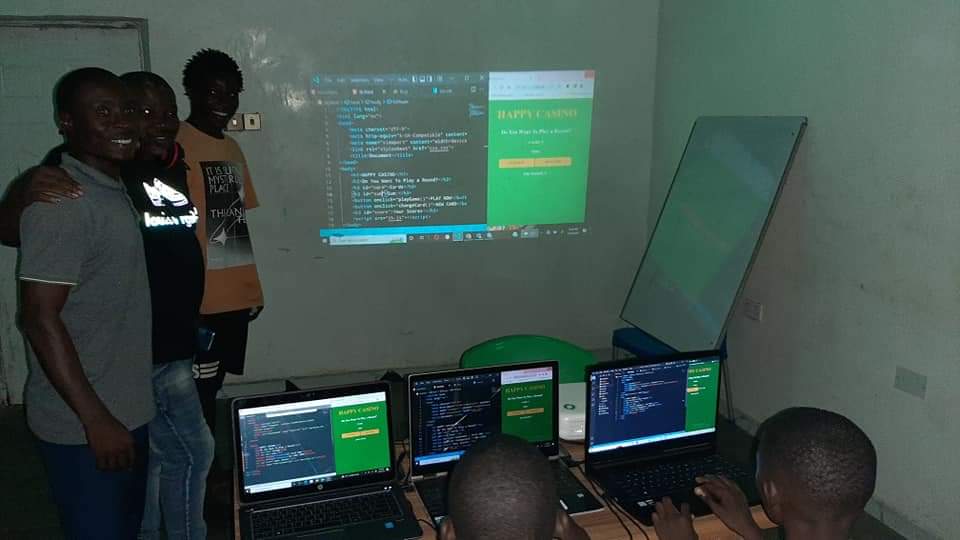
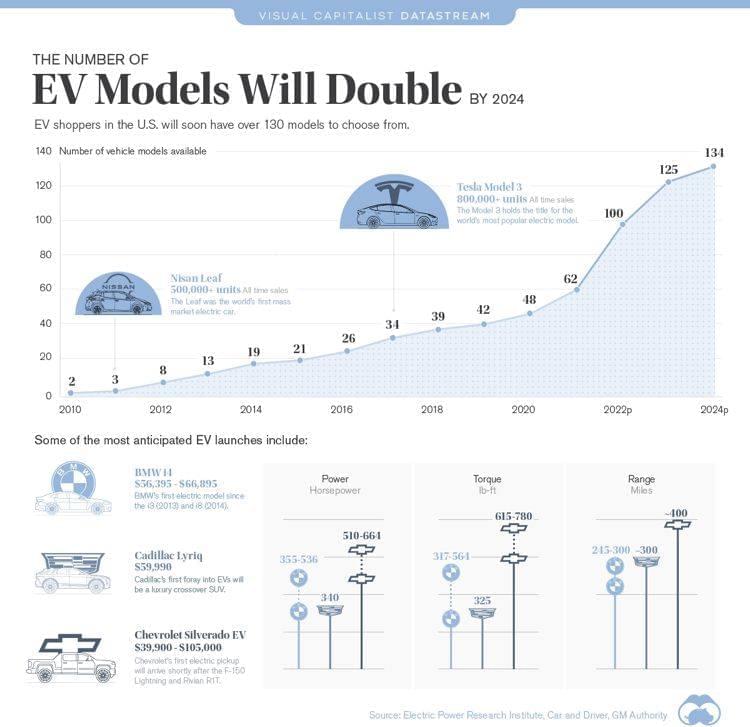
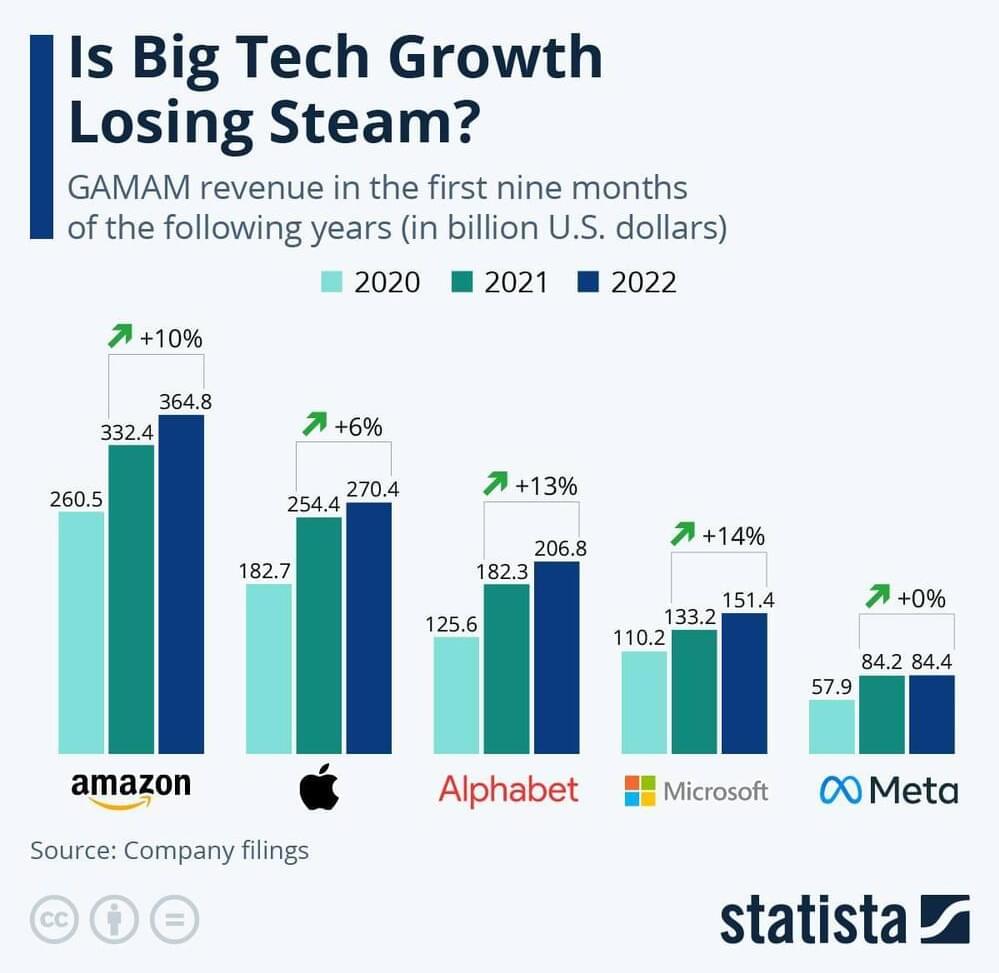
Is GAMAM (Google, Amazon, Meta, Apple, Microsoft) Losing Steam
It will likely only be a matter of time before all of GAMAM starts implementing cost-cutting measures like reducing its workforce.
Alex Zhavoronkov: Live Long and Prosper
The maniacally focused founder of Insilico Medicine is going all in on AI to discover new medicines and extend lifespan.
But researchers are now using artificial intelligence to accelerate parts of that process by orders of magnitude. The same kind of technology that recognizes your face or autocompletes your emails can potentially add years to your life, experts say.

